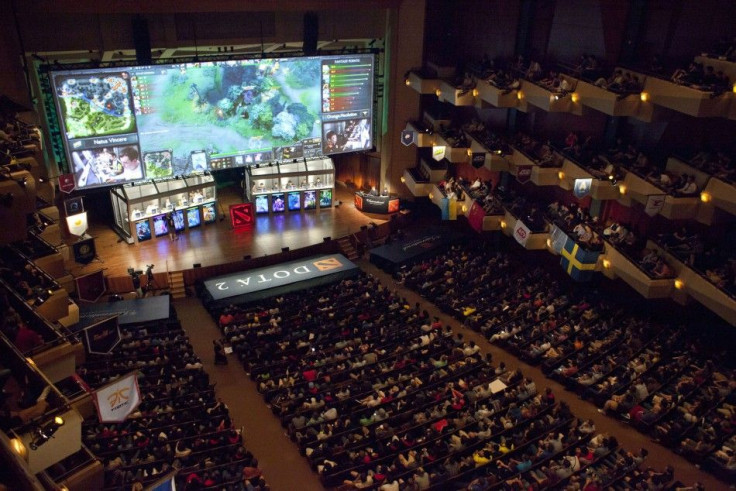Valve Opens Steam Inventory For All Steamworks Games

Valve's digital content distribution platform Steam is known for letting both developers and gamers make money off its growing virtual economy. This aspect has become even more all-encompassing and accessible now. The company has now enabled all Steam developers to incorporate persistent items that can be traded by gamers.
The feature has been deployed through a brand new Steam-specific API dubbed The Steam Inventory Service, according to VG247. This API allows the developers of all Steamworks-compatible games to integrate "persistent items that have been purchased or unlocked by individual users." The feature doesn't require game developers to make any code-level additions to their game software. Instead, it is enabled through the new API and is automatically integrated within Steam's own virtual marketplace.
The many hats that are bought and traded by gamers in "Team Fortress 2" is the closest possible example of what can be achieved by this new feature. "With this service, a game can easily drop items to customers based on playtime or can grant items based on specific situations or actions within the game," said Valve in a Steam News post detailing the latest addition. "These items can be marked as tradable through Steam or sellable via the Steam Marketplace."
Currently in beta, the feature allows Steamworks-enabled games to give players items based on in-game rewards or simply by investing a certain amount of playtime. Furthermore, the developer can choose to make these items sellable on Steam Marketplace, according to Silicon Angle. Gamers can also trade these items amongst themselves. Both these options can lead to an economy where gamers can earn cash on their Steam Wallet to purchase games and other virtual items. Developers also have the option of configuring recipes for crafting different combinations of items. The idea is to create more rare, unique or valuable items.
The feature isn't entirely new. The Half Life makers started it off with Team Fortress 2. Thereafter, it has been the foundation of many Valve-developed games such as Dota 2, Counter-Strike: Global Offensive and even non-competitive games such as Portal 2.
The Steam Inventory Service is yet another Valve initiative that comes close after its announcement to extend Steam Workshop to non-Valve games. Steam Workshop allows users to create in-game items for select Valve games. Content creators have already earned over $57 million (approximately AU $73 million) since the workshop opened in 2011.
To report problems or leave feedback on this article, email: nachiketpg13@hotmail.com.
Expiration Date (Credit: teamfortress YouTube channel)




















